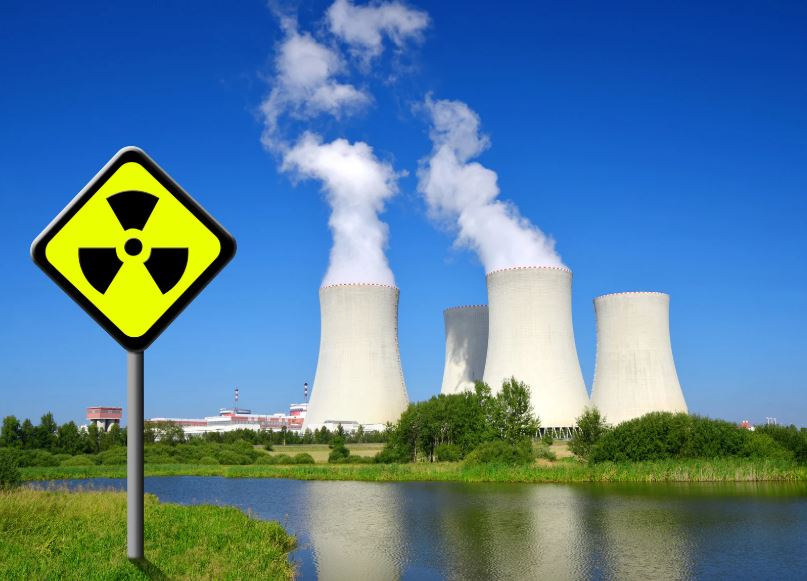In a significant shift within the energy sector, the global nuclear power industry is projected to grow substantially, with a forecast suggesting a near-doubling of nuclear electricity generation by 2050. Despite its potential to provide a stable and low-carbon energy source, the industry is fraught with hurdles that must be navigated by policymakers and industry leaders alike.
The current landscape shows that countries such as South Korea, China, and India are at the forefront of this nuclear renaissance, each pursuing aggressive policies to expand their nuclear capacities. As of now, South Korea plans to construct six new nuclear power reactors, aiming for a 30% nuclear share in electricity generation by 2030. These plans emerge even as traditional markets in Europe and North America show a decline, hindered by public skepticism and policy inertia.
Technological advancements such as Small Modular Reactors (SMRs) offer a promising avenue for overcoming some of the industry’s most daunting obstacles. SMRs, compact and scalable, promise enhanced safety features and economic feasibility. However, concerns over high initial costs and stringent regulatory requirements persist. According to a recent analysis by the International Atomic Energy Agency (IAEA), the economic viability of SMRs largely depends on achieving cost reductions through mass production, a goal that remains untested at scale.
Critics argue that the industry struggles with a historical legacy of accidents, which continue to fuel public debates on safety, thereby influencing regulatory stances. The Fukushima disaster still resonates, shaping energy debates and policy responses worldwide. In contrast, proponents highlight nuclear power’s role in decarbonizing energy systems and stabilizing grids as renewable sources fluctuate.
A crucial aspect of moving forward will be addressing nuclear waste disposal — a persistent challenge that elicits environmental and health concerns. Solutions such as deep geological repositories are technologically feasible but often meet with strong local resistance based on long-term safety concerns.
Economic competitiveness is another critical factor. With renewable energy costs plummeting, nuclear power’s financial justification is scrutinized. While wind and solar power have seen a significant reduction in costs, nuclear projects often suffer delays and cost overruns, casting doubt on their economic logic without substantial government subsidies or favorable financing terms.
Despite the hurdles, opportunities abound as the world grapples with reducing carbon emissions. Nations have differing needs and capabilities, leading to a varied global nuclear strategy. Countries like China are developing next-generation reactors, aiming to lead in technology exports, while others focus on extending the life of existing plants as a transition strategy.
The transformation awaits a confluence of technological breakthroughs, regulatory reforms, and strategic partnerships. Only through addressing these multifaceted challenges can the nuclear industry thrive as a cornerstone of global energy policy into the coming decades.
